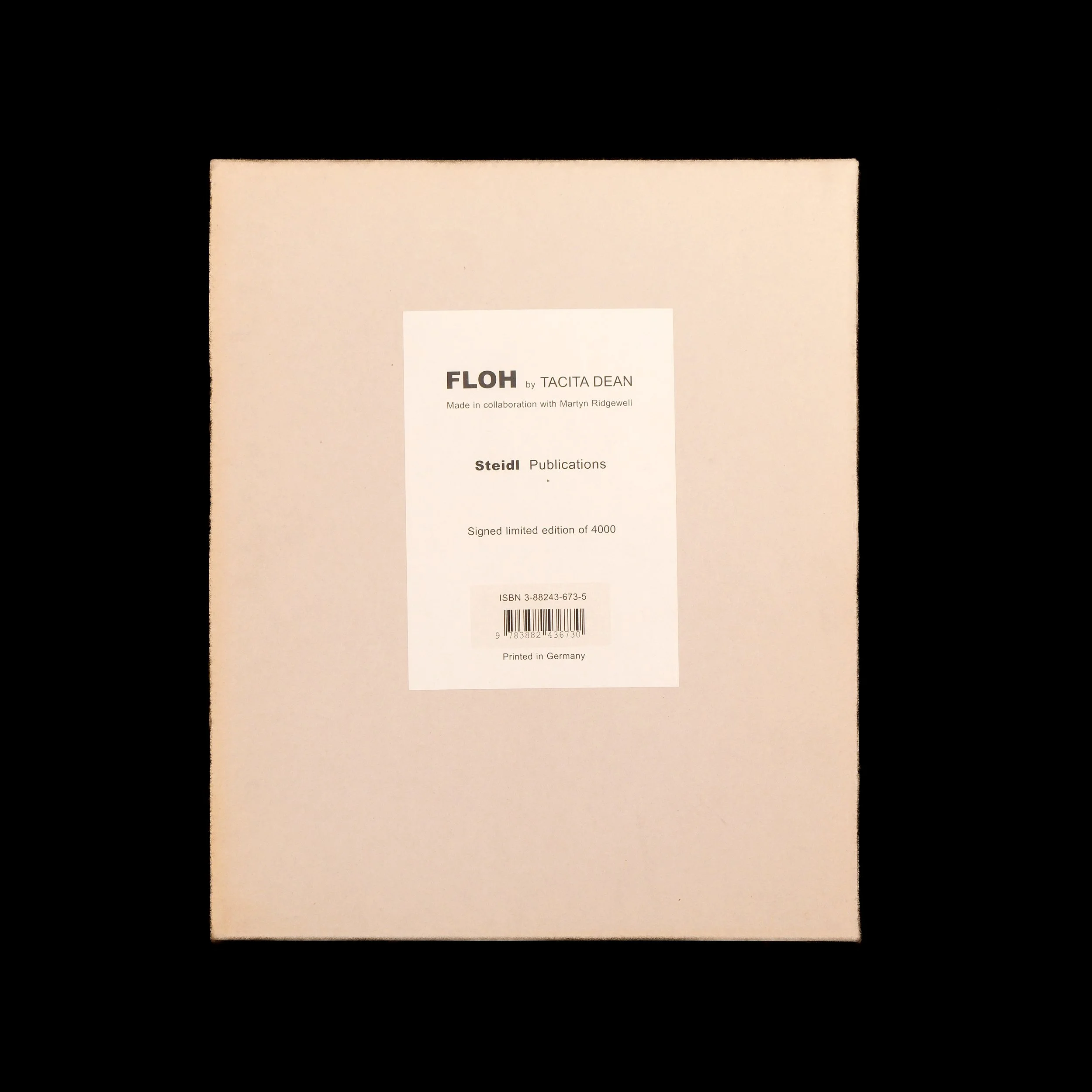 Image 1 of 1
Image 1 of 1


PENNSYLVANIA COAL MINE TIPPLES - Bernd & Hilla Becher
This book is dedicated to the wooden mineheads of eastern Pennsylvania. When many mines were forced to close during the Great Depression, unemployed miners built underground mines in the forested foothills of Appalachia. In the valleys, major investments were needed to mine anthracite coal in deep shafts. In the hills, smaller coal deposits could be accessed inexpensively directly from the surface. Wooden mine heads, or "tipples", pulled coal wagons from the mining tunnels to the surface. The angle of the coal seam and the slope of the surface determined the shape of the tipple. These pre-industrial-looking structures, of various shapes and heights, were built by companies usually consisting of three to five men. Wood was used to keep costs down. Some are still in operation today, and remain the last traces of a mining method that was used all over the world before mineheads were made of steel. Bernd and Hilla Becher photographed tipples in Pennsylvania coal mines in 1974-75 and 1977-78.
Published by Dia Center for the Arts, 1991
136 pages
ISBN: 0-944521-23-1
This book is dedicated to the wooden mineheads of eastern Pennsylvania. When many mines were forced to close during the Great Depression, unemployed miners built underground mines in the forested foothills of Appalachia. In the valleys, major investments were needed to mine anthracite coal in deep shafts. In the hills, smaller coal deposits could be accessed inexpensively directly from the surface. Wooden mine heads, or "tipples", pulled coal wagons from the mining tunnels to the surface. The angle of the coal seam and the slope of the surface determined the shape of the tipple. These pre-industrial-looking structures, of various shapes and heights, were built by companies usually consisting of three to five men. Wood was used to keep costs down. Some are still in operation today, and remain the last traces of a mining method that was used all over the world before mineheads were made of steel. Bernd and Hilla Becher photographed tipples in Pennsylvania coal mines in 1974-75 and 1977-78.
Published by Dia Center for the Arts, 1991
136 pages
ISBN: 0-944521-23-1





